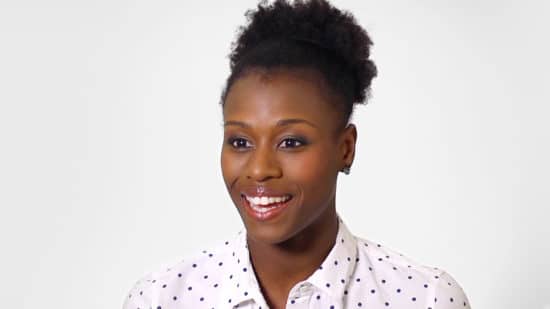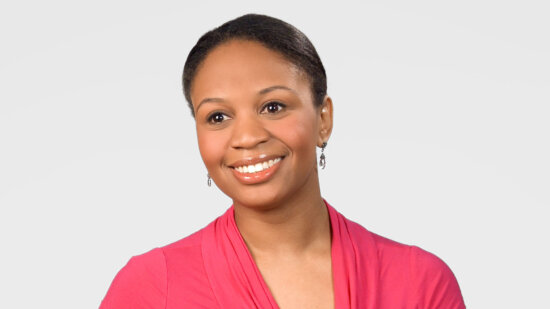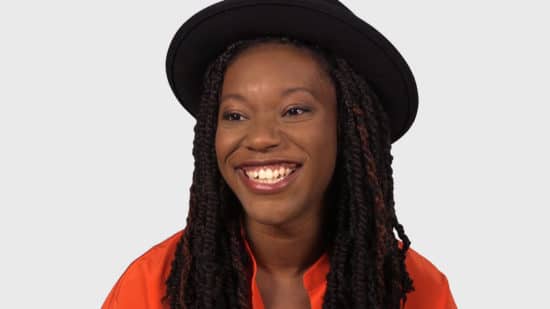Dancer Choreographer
What you need to know
Dancers and choreographers use dance performances to express ideas and stories. There are many types of dance, such as ballet, hip hop, tango, modern dance, tap, and jazz.
Schedules for dancers and choreographers vary with where they work. During tours, dancers and choreographers have long workdays, rehearsing most of the day and performing at night.
Choreographers who work in dance schools may have a standard workweek when they are instructing students. They also spend hours working independently to create new dance routines.
Some of the things a dancer might do:
- Audition for a part in a show or for a job within a dance company
- Learn complex dance movements that entertain an audience
- Rehearse several hours each day to prepare for their performance
- Study new and emerging types of dance
- Work closely with instructors, choreographers, or other dancers to interpret or modify their routines
- Attend promotional events, such as photography sessions, for the production in which they are appearing
Some of the things a choreographer might do:
- Put together moves in a sequence to create new dances or interpretations of existing dances
- Choose the music that will accompany a dance routine
- Audition dancers for a role in a show or within a dance company
- Assist with costume design, lighting, and other artistic aspects of a show
- Teach complex dance movements
- Study new and emerging types of dance to design more creative dance routines
- Help with the administrative duties of a dance company, such as budgeting
Watch this video to learn more from our dancer and choreographer role models:
- Athleticism: Successful dancers must have excellent balance, physical strength, and physical dexterity so that they can move their bodies without falling or losing their sense of rhythm.
- Creativity: Dancers need artistic ability and creativity to express ideas through movement. Choreographers also must have artistic ability and innovative ideas, to create new and interesting dance routines.
- Leadership skills: Choreographers must be able to direct a group of dancers to perform the routines that they have created.
- Persistence: Dancers must commit to years of intense practice. They need to be able to accept rejection after auditions and to continue to practice for future performances. Choreographers must keep studying and creating new routines.
- Physical stamina: Dancers are often physically active for long periods, so they must be able to rehearse for many hours without getting tired.
- Teamwork: Most dance routines involve a group or pairs, so dancers must be able to work together to be successful.
Watch this video to learn more from our dancer and choreographer role models:
The average hourly pay for dancers in the United States was $26.73 in May 2024 according to the U.S. Bureau of Labor Statistics.
The average hourly pay for choreographers in the United States was $23.97 in May 2024 according to the U.S. Bureau of Labor Statistics.
The specific pay depends on factors such as level of experience, education and training, geographic location, and specific industry.
About 3,400 new job openings for dancers and choreographers are projected each year, on average, over the next 10 years in the United States.
Overall employment of dancers and choreographers is projected to grow 6 percent from 2023 to 2033 according to the U.S. Bureau of Labor Statistics. This is faster than the average growth rate for all occupations.
Many of the new jobs for these workers are expected to be in private dance schools.
A continued interest in dance and in pop culture also should provide new opportunities in venues outside of dance companies, such as TV or movies, casinos, and theme parks.
Dancers who attend schools or conservatories associated with a dance company may have a better chance of finding work at that company than other dancers have.
Many dancers begin training when they are young and continue to learn throughout their careers. Ballet dancers begin training the earliest, usually between the ages of 5 and 8 for girls and a few years later for boys. Their training becomes more serious as they enter their teens, and most ballet dancers begin their professional careers by the time they are 18.
Some dancers and choreographers pursue postsecondary education. Many colleges and universities offer bachelor’s and/or master’s degrees in dance, typically through departments of theater or fine arts. Most programs include coursework in a variety of dance styles, including modern dance, jazz, ballet, and hip-hop. Most entrants into college dance programs have previous formal training.
Some choreographers work as dance teachers. Teaching dance in a college, high school, or elementary school requires a college degree. Some dance studios and conservatories prefer instructors who have a degree; however, they may accept previous work in lieu of a degree.
Discover some of the courses you will take pursuing a degree in Dance.
Watch this video to learn more from our dancer and choreographer role models:










